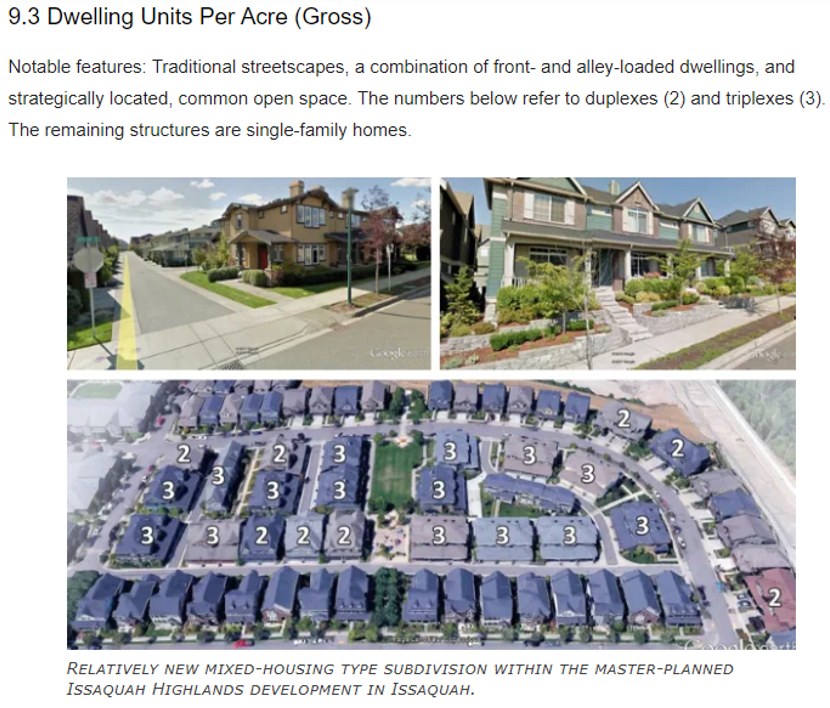Some years back, I took a bus ride to a climate rally in New York City with a bunch of other activists. My seatmate was 12 years old, a smart kid from the suburbs who had never been to New York. As we approached Manhattan on the Cross Bronx Expressway, he looked out at a block of concrete apartment buildings and said something like: This is what happens when you don’t care about the environment. Actually, I replied, this is green living: People live close together; they can walk or take public transit; they live in apartments, share walls and heat and are relatively energy efficient; their carbon footprint is far lower than a family in a “green”, leafy single-family suburban house.
But my traveling companion was not altogether wrong about what he saw: New York, Boston, and every other city are now at pains to make a humane, equitable adaptation to a changing climate. We don’t want to create living spaces that bake in the sun’s heat, that have no shade or greenery or open space, surrounded by asphalt and highway, beset with deadly particulate pollution, flooding risk, and polluted stormwater runoff. Heat and air pollution are an expensive and deadly burden that fall especially heavily on low- and middle-income folks — a burden cruelly increasing with climate change.
As we decide what kinds of housing we are going to encourage in Arlington, we can do things in a more compassionate and inclusive way. We can incorporate environmental and aesthetic concerns, while allowing a mix of housing types that accommodate people of diverse incomes, family sizes, and life stages.
We can address both the climate crisis and the crisis-level housing shortage in Greater Boston. Environmental concerns are not a reason to say no to new housing. Rather, they are a part of the housing solution, in Arlington and regionally.
As Laura Wiener detailed in another post, The Housing Corporation of Arlington development at 10 Sunnyside (between Broadway and Mystic Valley Parkway, near Route 16), is an excellent example of implementing environmental/sustainability measures in an affordable (i.e. income-subsidized) multi-family dwelling. It is Passive House certified: An extremely stringent standard, using a combination of advanced and repurposed materials, high- and low-tech, to provide human comfort while bringing energy use to an absolute minimum.* The development features plentiful bike parking and a roof garden. It converts previously impervious pavement to landscaping, like planters, where stormwater can infiltrate the ground rather than carrying unfiltered pollutants into Arlington’s water bodies.
Another example of green infrastructure lives charmingly and unassumingly on some of our street corners. In 2020, Arlington installed rain gardens at the corner of Milton Street and Herbert Road in East Arlington. These little curbside oases act as a kind of green filter for storm water, catching pollutants (Fertilizer! Salt! Dog poop! Oil! Brake dust!) before they reach Alewife Brook and the Mystic River. Perhaps co-sited with new housing, wider buildout of rain gardens could keep nutrient pollution out of Spy Pond, preventing nasty algae growth which literally suffocates other aquatic life.
A caveat: We must take care not to load so many creative requirements onto new housing that it doesn’t get built at all. We need the housing. (See “The Problem with Everything-Bagel Liberalism” by Ezra Klein in the New York Times.) And under the new MBTA Zoning that we are required to implement, we must allow three-family housing in our new multi-family zones by right, i.e. without extra requirements or rigamarole.
But we could decide to add incentives to allow more housing above those requirements if such environmental improvements (rain gardens, green roofs, pollinator habitat, Passive House innovations, etc.) are included. Every new building is an opportunity for environmental adaptation. A vision for a greener, cooler, more inclusive Arlington takes shape. We can do this.
New housing development provides an opportunity to incorporate inclusive, environmentally friendly, win-win adaptations. Our environmental and housing goals must not be in tension with each other. With a coordinated approach, we can address the challenges of pollution, climate change, and our chronic and unjust housing shortage.
*As far as I can tell, only two other buildings in all of Greater Boston are Passive House certified: A new multi-family in Roxbury, and a single-family in Somerville.





